 www.telegraph.co.uk
www.telegraph.co.uk The study, in The Lancet, says 25% of Russian men die before they are 55. Shocking. One third of the population. Women are not exempt, but they drank less so mortality rates lower.
Most of the early deaths are down to alcohol. What compels them to drink so much? Sounds like an addiction to me. I know—yesterday my topic was cigarette addiction and how the behavior can be linked right back to Neanderthal man. Perhaps alcohol could be grouped in the same mode. But I'm not a scientist—just a writer with an overactive imagination as you can see by the published books on the right of the page. The first in the futuristic series, Wind Over Troubled waters, features a group of characters who shelter in a cave after civilization has passed away. One of the most engaging novels I ever read was Clan of the Cave Bear by Jean M. Auel, where early man contacts Neanderthal man. More on caves later.
In Russia, causes of death include liver disease and alcohol poisoning. Once under the influence, people die in accidents or as a result of fighting.
Researchers from the Russian Cancer Centre in Moscow, Oxford University in the UK and the World Health Organization International Agency for Research on Cancer, in France, tracked the drinking patterns of 151,000 adults in three Russian cities over up to 10 years in one of the largest studies of its kind in the country. During that time, 8,000 people in the study died. In previous studies focusing on the families of 49,000 people who had died, spouses were asked about their partners' drinking habits. The deaths can't have been peaceful or filled with happy memories.
In 1985, Mikhail Gorbachev drastically cut vodka production and did not allow it to be sold before lunch-time. Alcohol consumption fell by around a quarter. Then, when communism collapsed, people started drinking more again and the overall death rates also rose.
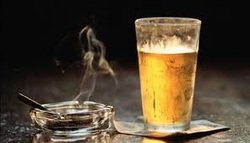 www.thepunch.com.au
www.thepunch.com.au In 2006, Russia brought in more stringent alcohol control measures, including raising taxes and restricting sales. Researchers say alcohol consumption has fallen by a third since then and the proportion of men dying before they reach 55 years old has fallen from 37% to 25%.
What? The death rate was even higher at one point? How does Russian society cope with so few mature men? I picture homes in street after street full of widows, living out their days alone.
In 2011 the World Health Organization reported that almost six million people across the globe died from tobacco use and 2.5 million from harmful use of alcohol each year.
To reduce alcohol abuse, WHO recommends a number of measures including increasing excise taxes on alcoholic beverages, regulating availability of alcoholic beverages (including minimum legal purchase age), restricting exposure to marketing of alcoholic beverages through marketing regulations or comprehensive advertising bans, and treatment of alcohol use disorders and brief interventions for hazardous and harmful drinking.
So many people have a social drink every evening. In the bible, even Jesus turned water into wine for the enjoyment of wedding guests. Alcohol isn't harmful in small quantities. Alcohol only becomes a problem when it fills every waking moment as something a person can't live without.
I hesitate to blame Neanderthal. Yet I can't help wondering how this type of addiction could have been passed on. Did it start with early behavior to keep a male close to his mate and provide for his family? Perhaps he needed something to draw him back to his cave after he finished hunting. To sit in the smoky confines and drink a comforting concoction his female provided.


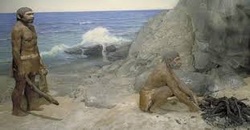
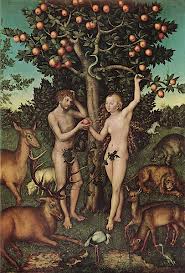
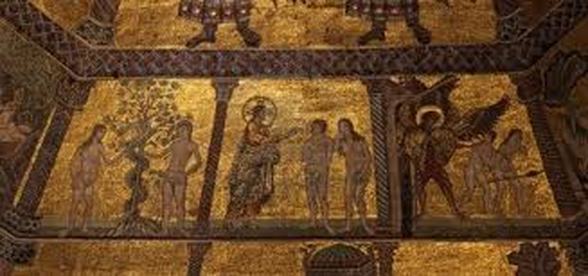

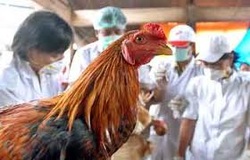
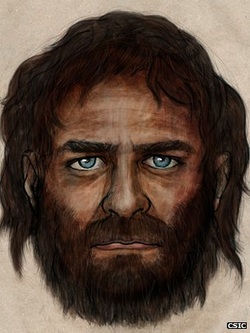




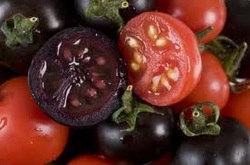






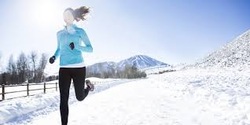

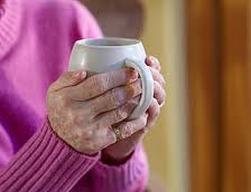





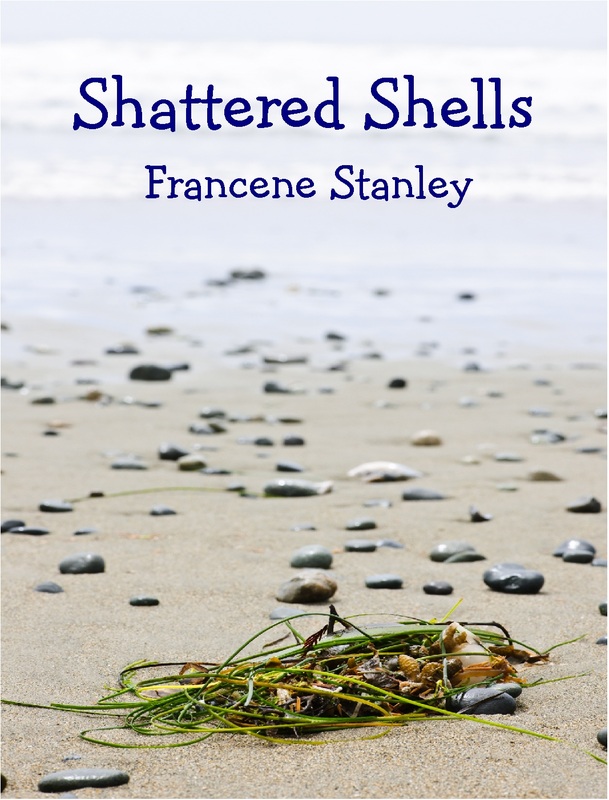


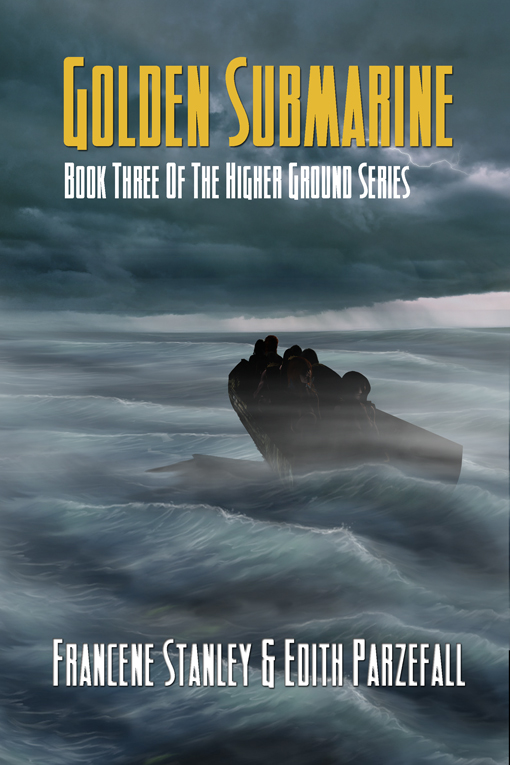

 RSS Feed
RSS Feed

